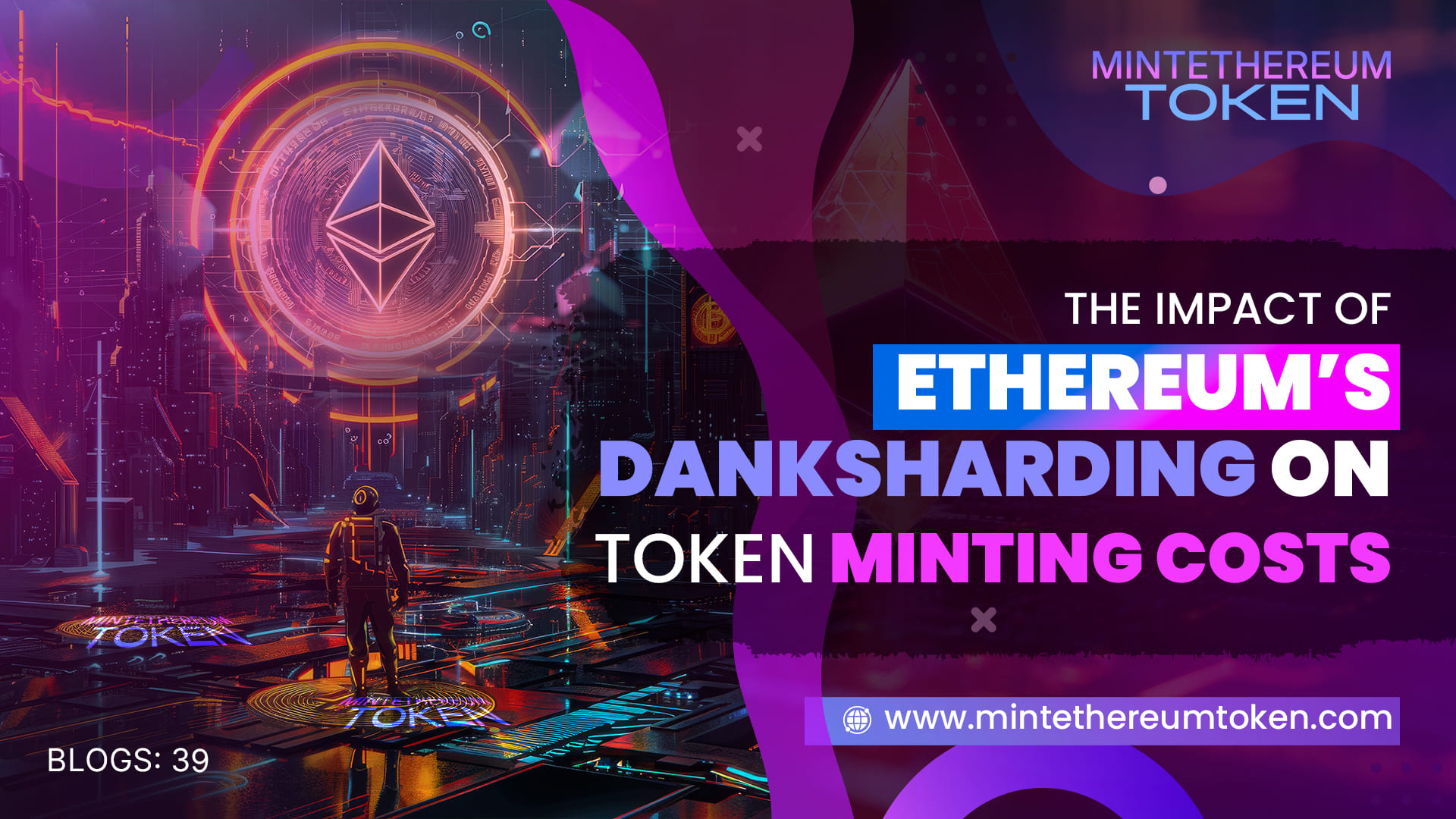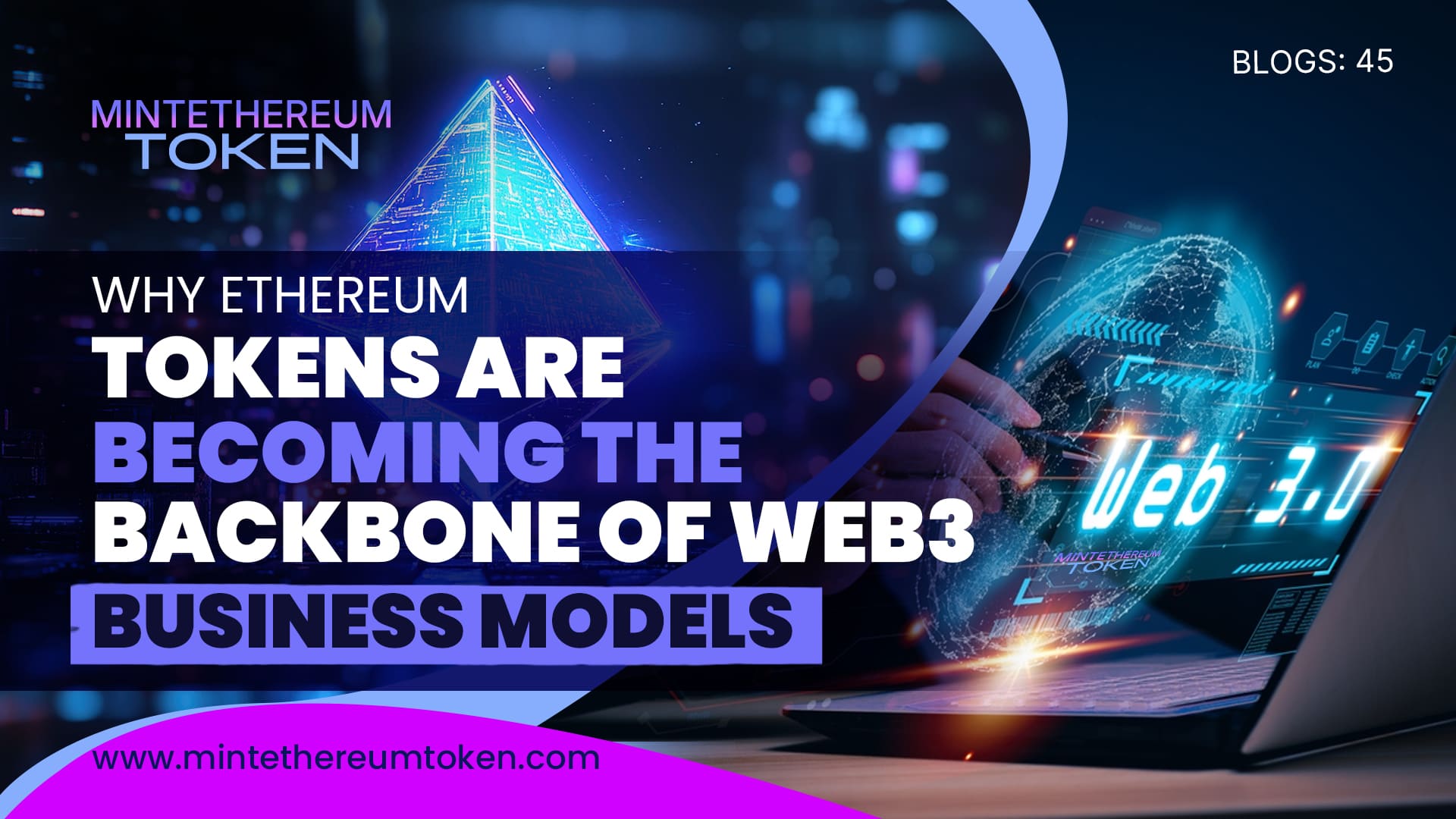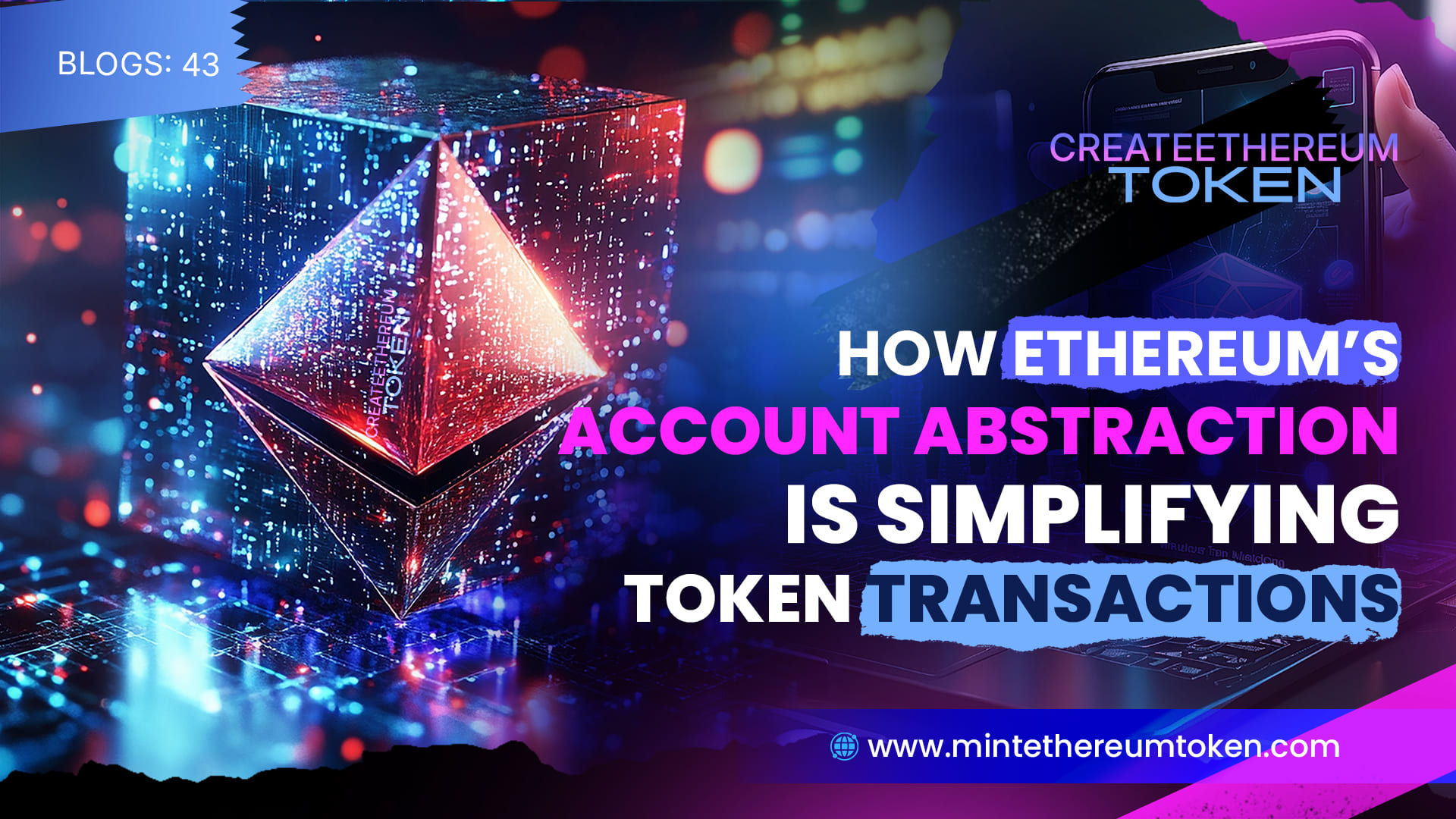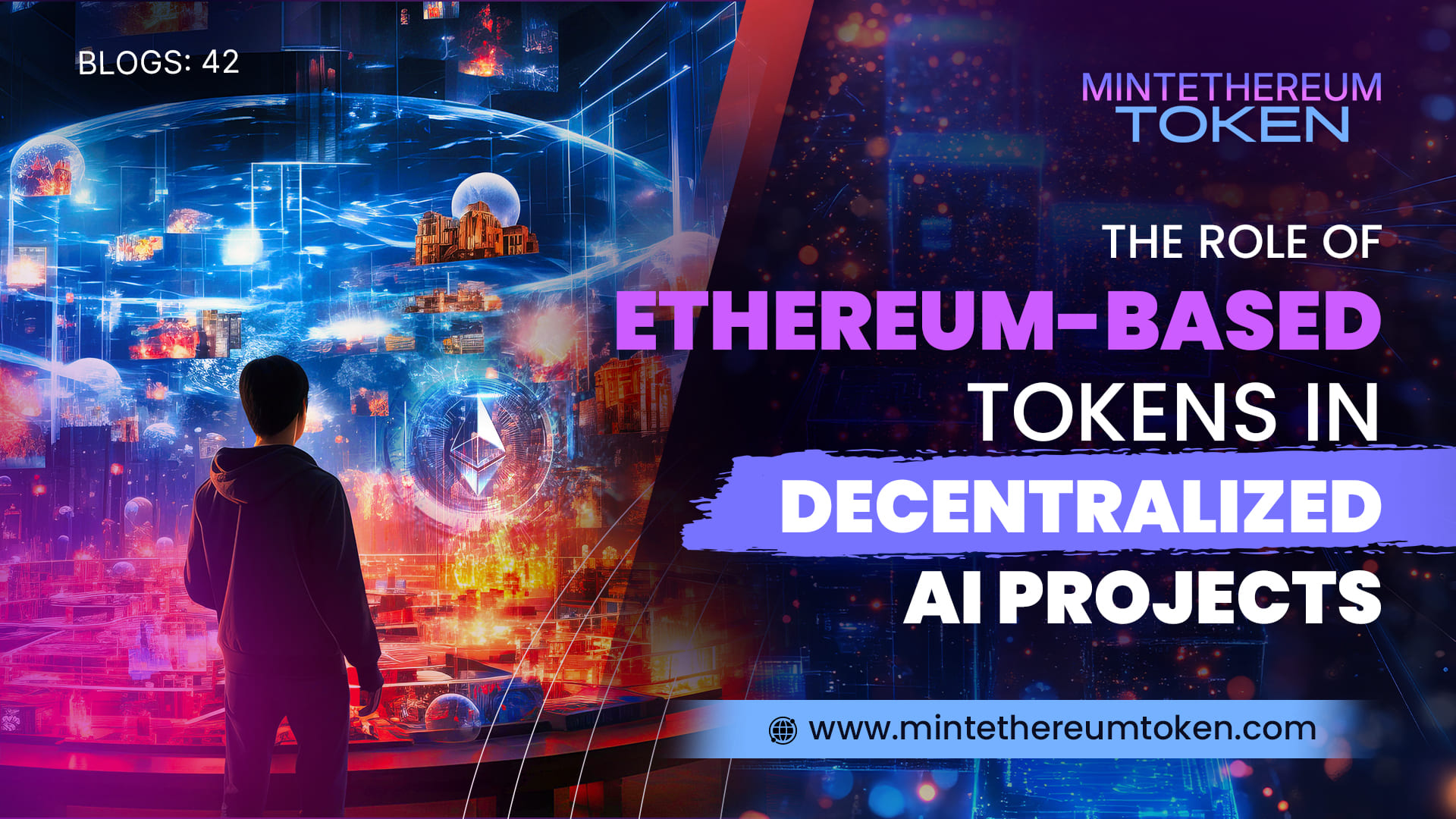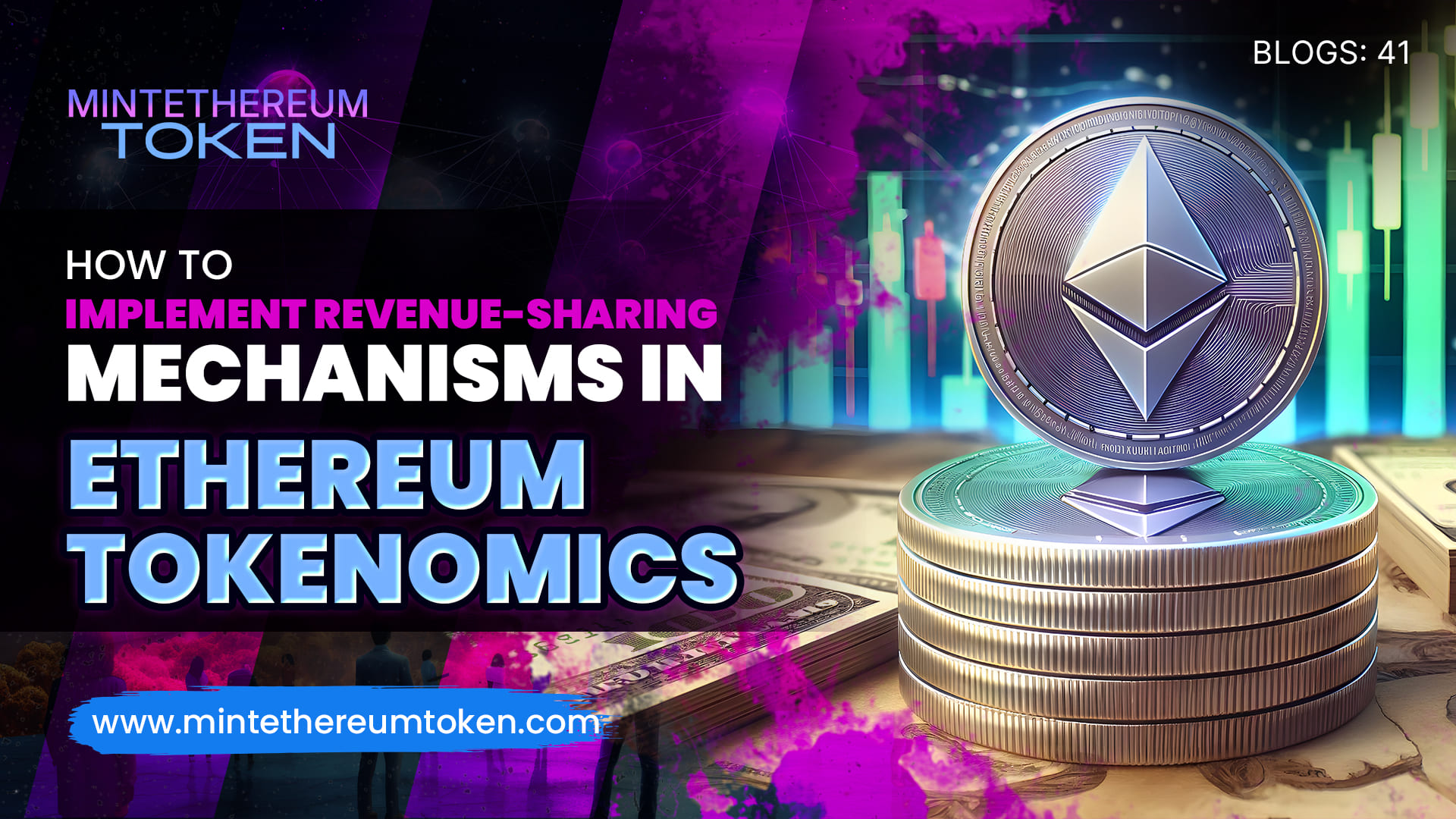March 25, 2025
The Impact of Ethereum’s Danksharding on Token Minting Costs
Ethereum’s upcoming scalability upgrade, known as Danksharding, is set to dramatically transform the network’s efficiency. As part of Ethereum’s broader rollup-centric roadmap, Danksharding is designed to reduce gas fees, increase throughput, and enable more affordable on-chain activity. For developers and creators minting tokens on Ethereum, this could mark a turning point in cost-efficiency and accessibility.
What Is Danksharding?
Danksharding is a new approach to data availability and sharding that replaces the original multi-shard design with a unified, simpler structure. Instead of splitting the Ethereum network into distinct shards, it introduces proto-danksharding (EIP-4844) and eventually full Danksharding to allow rollups to post large amounts of data cheaply to the network.
Why Token Minting Costs Matter
Gas fees are a major barrier to entry for projects launching on Ethereum. Minting tokens—especially in bulk or through smart contracts—can cost hundreds of dollars depending on network congestion. High fees discourage experimentation, limit access to smaller creators, and push many toward alternative chains.
How Danksharding Lowers Minting Costs
Danksharding introduces a concept called data blobs, which are cheaper to store than traditional calldata. This reduces the cost of rollup operations, which in turn lowers the gas fees required to mint, deploy, and interact with tokens on Ethereum.
As rollups become dramatically cheaper and more efficient, developers minting tokens on Layer 2s (like Base, Arbitrum, or Optimism) will enjoy faster speeds and lower costs—while still benefiting from Ethereum’s security and decentralization.
Benefits for Token Creators
- Affordable Minting: Lower deployment costs for ERC-20, ERC-721, and custom smart contracts
- Scalable Airdrops: Projects can mint and distribute tokens to thousands of wallets without breaking the bank
- Greater Accessibility: More creators can participate in token launches without needing significant upfront capital
- Enhanced UX: Users face fewer hurdles when claiming or interacting with new tokens
The Future of Ethereum Tokenization
With Danksharding on the horizon, Ethereum is set to become a more practical and inclusive platform for token launches. Combined with rollups and tools like account abstraction, it paves the way for scalable token ecosystems, from micro-economies and social tokens to global dApps.
Conclusion
Ethereum’s move toward Danksharding is more than just a technical upgrade—it’s a game-changer for token minting. By significantly reducing costs and improving efficiency, it makes Ethereum more competitive and accessible than ever. For creators, developers, and communities looking to mint tokens in 2025 and beyond, the future is fast, cheap, and on-chain.
